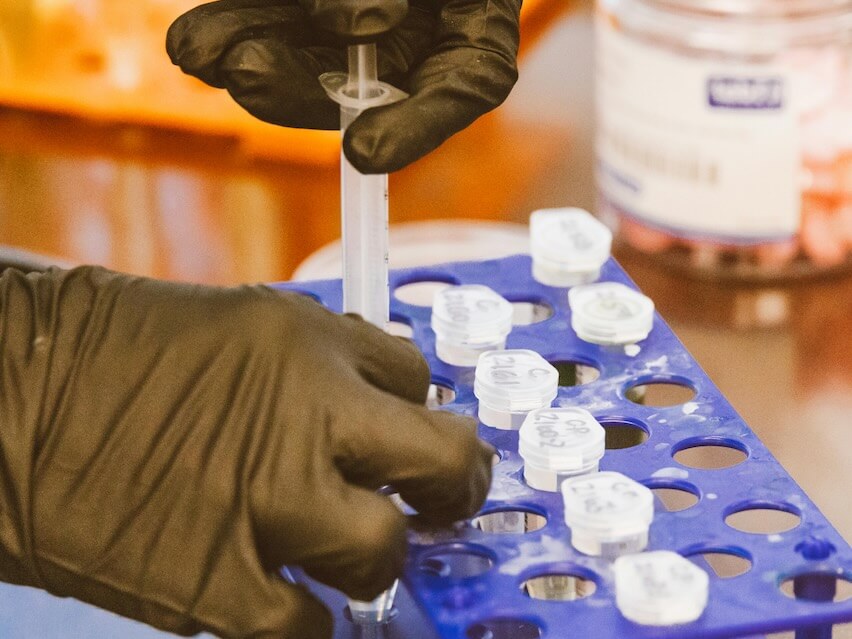The microplate technology is used in the clinical diagnostic realm. Ever since the applications of analysis became specialized, there has been a need for small instruments that are able to perform the necessary analysis. Microplates were developed in the 1950s and the industry has been evolving ever since. Everything from the areas the technology is used, the instrumentation and the equipment itself has changed over the years. We will strive to take a keen look into this evolution by looking at the different phases of the microplate technology advancement.
The Evolution of Production (1951-Present)
To start with, we take a look at the various stages the microplates themselves have evolved. The earnest evolution in this regard began in 1951. This is the time when Dr. Gyula Takatsy came up with the first instrument that would come to be known as the microplate. This first instrument had 6 rows of 12 wells. Acrylic was the main material used in the construction of the microplate. This material would continue to be used in the following years. In 1953, manufacturers began taking note of the new microplates. The industry thus became established during this year.
In 1991, the first 864-well microplate was developed by Helix Diagnostics. The production of this microplate meant that the industry would now experience a new age in the world of diagnostics. Up to 10,000 samples were able to be realized in a single day with the new machine. The following year, the 384-well plate was developed by Genetix. As noted by www.berthold-bio.com, the development of these microplates led to the opening of a new age in the world of diagnostics. The 384-well plate relied on the various advancements that had been made the previous year. Experimentation and research continued in the following years of that decade.
Finally, in 1998, the microplate realm would experience its first real maturity. Various companies in the industry came together and established standards that would henceforth guide the production of new equipment. The SBS (Society for Biomolecular Screening) was behind these developments in the late 1990s. With the establishment of standards, the production of microplates became easier for companies. Other peripheral industries complementing the microplate industry also begun to flourish as a result of the standardization.

The Evolution of the Instrument
The microplate has seen many changes from the time it was developed first. The first microplates were used for serial dilution testing. The 1951 microplate featured an automation tool that moved a defined volume from a well to another. In 1964, a loop system was developed by Dr. Sever. This system made use of 8 to 12 loops. The automation aspect, however, was still very basic. Manual input was necessary for operating the instrument.
In 1967, the first real automated serial dilution instrument was developed by Tom Astle. The instrument, capable of thousands of tests, became popular in the clinical labs. In the 1970s, there was an earnest need for a more advanced instrument. The Multiskan photometer was developed at this time and it changed the way future instruments would be developed.
The following decades saw an increased focus on developing multi-detection microplates. In 2004, the first system able to perform unlimited assays was introduced to the market by BioTek. This company has continued to produce microplates that feature new capabilities like washers and reagent dispensers.
The Evolution of Microplate Applications
When Dr. Gyula Takatsy came up with the first microplate, he wanted to bring into the market a tool that could allow for the testing of the influenza virus. Later stages of the microplate were about tackling the challenges faced by experts dealing with Rubella vaccines. In the 1970s, the microplates in production were mainly used for conducting assays for diagnostic needs. This was done at the Centers for Disease Control (CDC) in London. It is this application that microplates are known for even today.
The evolution of microplates has thus happened in three stages simultaneously. There has been an evolution in the use of the tools, the technology used in the tool itself and the production techniques. The industry today is vibrant with many biotechnology companies being involved in the production of microplates. There is no doubt that evolution might continue in the future if new needs arise.

